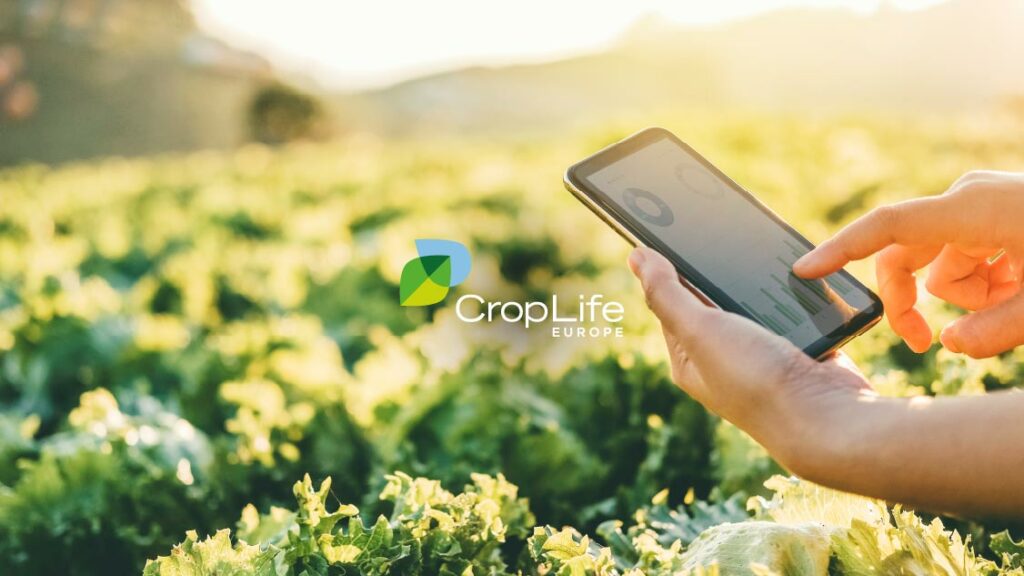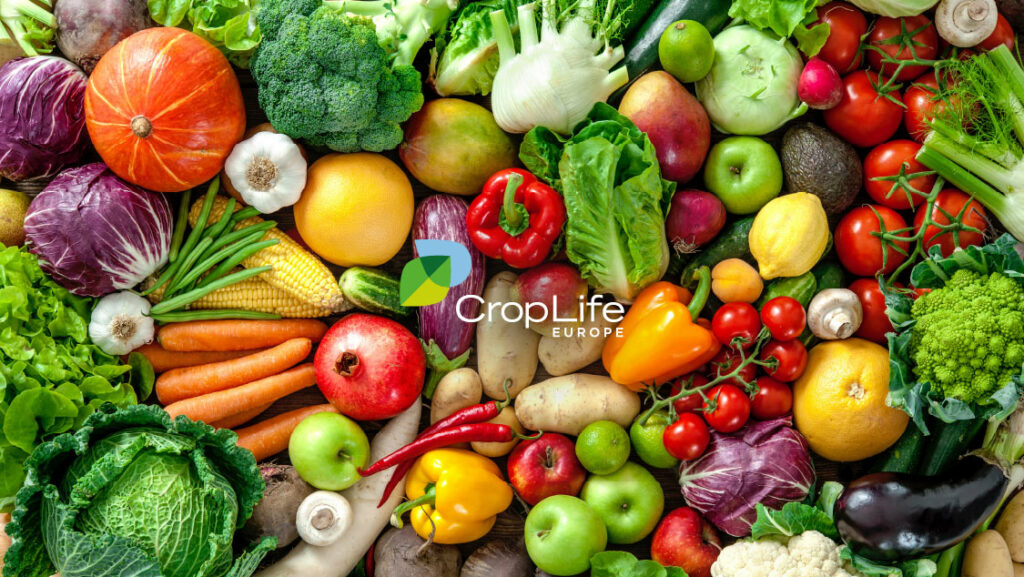On May 20, 2020, the European Commission presented the Farm to Fork and the Biodiversity strategies, both are at the heart of the EU’s Green Deal. Now almost two years later, the first implementation steps have been initiated, but are they going in the right direction to bring the vision into reality?
Various impact assessments on the Farm to Fork and Biodiversity strategies have shown that the implementation of reduction targets alone without alternative solutions such as the introduction of innovative technologies would have detrimental effects on productivity and competitiveness of the whole agri-food system in Europe. Moreover, the war in Ukraine has made us painfully aware that food security and safe supply chains cannot be taken for granted.
What has been achieved so far?
Published in 2021, the EU Commission study on New Genomic Techniques (NGT) confirmed that these can accelerate the breeding of new plant varieties with the potential to contribute to the objectives of the EU’s Green Deal and in particular to the Farm to Fork and Biodiversity strategies. This is a first step in the right direction.
We as a science-based and innovation-driven industry welcome the results of the study and share the view that the current 2001 GMO legislation is not fit for purpose to handle modern and innovative breeding techniques and their products and that it needs adaptation to scientific and technological progress. A timely delivery of the policy initiative is needed to achieve agricultural, economic, and social sustainability.
The new Common Agricultural Policy (CAP) adopted end of 2021 can also play an important role in managing the transition towards a more sustainable food system. Eco-schemes are a new instrument in the CAP to support this transition, they will support many types of voluntary actions such as practices related to nutrient management, agro-ecology, or carbon farming. Member States will spend at least 25% of their direct payments budget on eco-schemes, which accounts for 48.5 billion euros between 2023-2027. It is now up to the Member States to translate this into national legislation that supports farmers with practical tools to grow our food more sustainably. If the financial incentives go hand in hand with the new and alternative solutions provided by the industry, we could get another big step closer to the Farm to Fork goals.
The regulation that places pesticides and biopesticides on the market needs to be better implemented. We need to see the timelines respected and kept to the deadlines set in the core regulation back in 2009. Today, be it for pesticides or biopesticides, the continuous loss of solutions is not compensated by a sufficient innovation rate. This translates into more and more national authorities relying on temporary ad hoc authorisations to support immediate threats local growers are facing.
For biological crop protection, only recently we have seen new data requirements presented. While that is a very welcome development, they are coming at a slow pace, given the deadline of 2030 for the Green Deal and Farm to Fork targets. In addition, the new data requirements are not addressing the major issue: delayed timelines.
The current revision of the Sustainable Use of Pesticides Directive (SUD) is another opportunity to translate the Farm to Fork objectives into real agricultural practices and to keep up with the current technological developments. We at CropLife Europe believe that the revision of the SUD is an excellent chance to adopt a legislative framework, promoting and enabling the uptake of innovative tools such as precision and digital agriculture as they can significantly contribute to the sustainable use of pesticides. Indeed, it is difficult to see how the ambitious Farm to Fork strategy objectives can be delivered without replenishing the farmers’ toolbox with such technologies.
Our industry is committed to drive forward the digital transformation of agriculture. Technologies such as smartspraying as well as digital decision support systems can serve as enabler for achieving the Farm to Fork targets, particularly with regards to risk and volume reduction. However, fundamental subsidies to farmers are needed to support adopting digital and precision agriculture tools in practice.
Many other EU strategies stemming from the Green Deal are currently underway and will impact the solutions available to farmers to grow our food in Europe: the Circular Economy, the EU Taxonomy, and the Chemical Strategy for Sustainability. Its far-reaching consequences we only start to identify today.
We need to shift the focus from reduction to innovation
Looking back at the two years, we see some initial steps in the right direction, however the main focus of the Farm to Fork strategy and its first implementation measures is still more on reduction targets than on new technologies. I believe that producing enough food sustainably cannot be achieved by simply reducing the solutions available to farmers. As a sector rooted in science and driven by innovation, we need an enabling framework to allow the best and most innovative solutions to arrive in the market.
With a looming 2030 deadline the time to act is now
New tools such as digital and precision technologies, new pesticides and biopesticides as well as modern breeding techniques offer a real opportunity to help farmers meet the Green Deal goals, while safeguarding both food security and affordability.
To bring these technologies to the market in a timely manner and help to deliver on the 2030 deadline, we need a regulatory framework that promotes innovation, instead of preventing it. The time for setting the right policies is now.
Livio Tedeschi, BASF Senior Vice President - Agricultural Solutions EMEA & CropLife Europe Chairman


